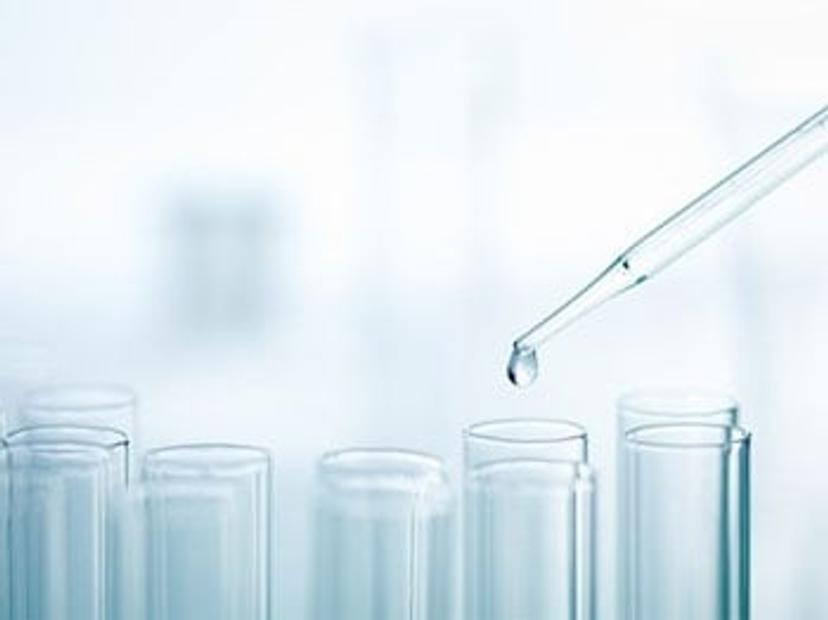Accurately Measure the pH of Pure Water: 7 Troubleshooting Top Tips
14 Mar 2019
With the purity of water in the lab being critical across scientific research and industry, it is vital labs have processes in place to accurately determine the qualities of the water they use. In this article, discover how specialized pH sensors from METTLER TOLEDO ease one key element of water purity determination: pH analysis.

The pH of water is a critical parameter in many applications as it affects water’s ability to corrode metals, the solubility of trace metals and the success of the lab's day-to-day research. However, there are a variety of challenges to overcome in order to measure the pH of pure water accurately. This is largely because the probability of obtaining an inaccurate pH measurement increases as the concentration of dissolved ion decreases.
Normal pH electrodes which are designed for general lab use are not sensitive enough to measure the pH in pure water samples — by choosing the right pH sensor, however, you can directly influence the quality of your pH measurement. InLab Pure and InLab Pure Pro-ISM from METTLER TOLEDO are two such examples, giving precise pH results, and hence can be termed as 'water specialist sensors'. These sensors promise the highest precision and fast response time, provided the pH of the sample is stable or being measured in a controlled set-up.

The key features of specialist pure water pH sensors
Specialist pH sensors can be identified by factors including pH glass membrane, the shape of the glass tip, and the type of junction. To ensure the most accurate results, you will also find additional set-up factors, such as a flow cell and inert gas purging, to be useful — and recommended.
InLab Pure and InLab Pure Pro-ISM have been designed to achieve ideal sensitivity for delivering accurate and precise pH measurements of such samples. Designed with an immovable glass sleeve junction for the reference electrolyte, this ensures a steady outflow of electrolyte into the pure water samples. The use of an electrolyte flow with lower concentration of KCl stabilizes the junction potential faster, compared to the conventional reference electrolyte concentration — thus improving the response time in measuring pH of such low conductivity water samples.
The membrane glass is the pH sensing part of the sensor, and its shape and glass composition need to be optimized to ensure the best results for the application. In the case of pure water pH sensors, such as the InLab Pure, the sensors feature low temperature glass, with low resistance of less than 50 MΩ at 25 °C, which increases sensitivity.
Top tips for successful pH measurements
Ensure all the equipment, including containers used during measurement, are cleaned and rinsed with deionized water.
Avoid contact with air, and atmospheric CO2 – limiting sample storage time, and measuring directly from the source when possible.
Limit the exposure of the sample to the electrolyte solution flowing through the electrode, by ensuring a continuous flow of water in the flow-cell.
Store the electrode in storage solution between uses, thus reconditioning the glass membrane with ions.
Keep the electrolyte filling hole open during pH calibration and measurement.
Make sure you use fresh buffers during electrode calibration.
Maintain the pH electrode regularly, and ensuring the electrolyte is refilled.
Learn more about the top tips for pH measurement in pure water here >>
